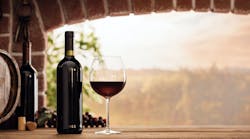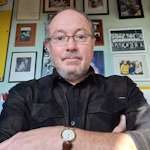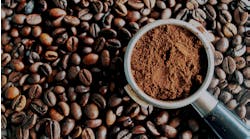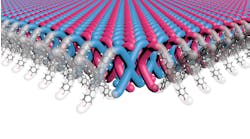Thanksgiving, Christmas and New Year’s celebrations are fading from memory. All that’s left now are a few thousand festive photos on your smartphone and an unopened bottle of red wine, a gift from the relative who has never really liked you.
The fact that it is French, from Bordeaux, and looks kind of expensive is suspicious.
So, what do you do with it?
Well, if you are a serious oenophile, you could send a sample to the Institute of Vine and Wine Science at the University of Bordeaux in France.
Working in collaboration with a team from the Department of Basic Neurosciences in the Faculty of Medicine University at the University of Geneva (UNIGE), Switzerland, the Bordeaux scientists developed a chemical analysis technique that identifies with 100% accuracy the chemical mark of red wines from seven major estates in the Bordeaux region.
Trying to find a link between an individual wine’s chemical signature and its origin has tormented wine specialists for decades and many different analytical techniques have been tried along the way. Gas chromatography (GC) was first used in the 1980s, for example, with more recent techniques, including nuclear magnetic resonance, UV spectroscopy, inductively coupled plasma mass spectrometry, and time-of-flight GC-mass spectrometry.
However, the success of this work is based on a novel use of GC and electron ionization mass spectrometry (GC-MS) — a well-known combination used for decades in different applications by the chemical industry — and machine learning.
To start with, the Bordeaux team, led by Stéphanie Marchand, used GC-MS to analyze 80 wines of 12 vintages (i.e., 12 different harvest years, in this case, from 1990–2007) from seven estates in the region.
Then, a team from UNIGE headed by Alexandre Pouget processed the raw data using machine learning to identify recurring patterns.
“Instead of extracting specific peaks and deducing concentrations, this method allowed us to take into account each wine’s complete chromatograms — which can comprise up to 30,000 points, including background noise, and summarize each chromatogram into two X and Y coordinates, after eliminating unnecessary variables. This process is called dimensionality reduction,” explained Michael Schartner, a former postdoctoral scholar at UNIGE, and first author of a study describing the work in a recent issue of Communications Chemistry.
By placing the new coordinates on a graph, the researchers were able to see seven “clouds” of points. They found that each of these clouds grouped together vintages from the same estate on the basis of their chemical similarities.
“This allowed us to show that each estate does have its own chemical signature. We also observed that three wines were grouped together on the right and four on the left, which corresponds to the two banks of the [River] Garonne on which these estates are located,” said Marchand.
Alongside 100% success with estate identification, the scientists also report identifying vintage with up to 50% accuracy.
“Interestingly, we observed that the entire chromatogram is informative with respect to geographic location and age, thus suggesting that the chemical identity of a wine is not defined by just a few molecules but is distributed over a large chemical spectrum,” they wrote in the Communications Chemistry article.
In their discussion, the authors note that while many wine experts have long believed that some Bordeaux estates do indeed have distinct profiles, this, to their knowledge, is the first time it’s been demonstrated with a purely chemical analysis of Bordeaux wines.
They also speculate on whether expert human tasters would perform with the same success on a blind tasting of the 80 wines they analyzed: “More generally, it remains to be seen how a GC-based classifier would perform compared to humans on estate, region, or varietal recognition across a wide range of wines. Given our strong performance with estate recognition, artificial intelligence and GC-based systems might be able to complement human tasters on wine recognition.”
The paper concludes it is quite likely that even better results could be achieved by allowing further tuning of the experimental variables.
On the other hand, if all that sounds a bit long-winded — and you are quite convinced the relative isn’t a closet poisoner — why not just drink it?



